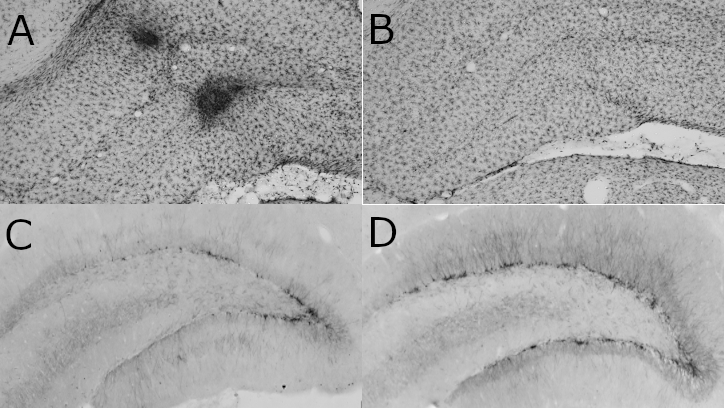Physical exercise may reduce memory deficits associated to traumatic brain injury

Traumatic brain injury (TBI) is the leading cause of acquired brain damage in young people, although it can occur at any age. TBI can lead to chronic and disabling sequels in multiple areas, including the cognitive domain (attention, executive functions, memory, etc.). These sequels have an important impairing effect on the quality of life of the affected individuals and their families, as well as a very relevant impact on employment and on economy and the health system.
Basic research has shown that physical exercise can contribute to improve cognitive recovery after TBI, through the enhancement of neuroprotective (for example, reducing the amount of neuronal death that occurs weeks or even months and years after the lesion) and neurorepair mechanisms (increasing the birth of novel neurons and boosting neuroplasticity mechanisms). However, there are still many issues to be clarified. For example: is it necessary to start the exercise intervention at the subacute stage (shortly after injury) to obtain benefits? Is exercise effective in patients in the chronic stage, when most degenerative changes have already taken place? Will the positive effects of exercise vanish if the intervention is discontinued?, etc. A study carried out at the Institute of Neurosciences and the Department of Psychobiology and Methodology of Health Sciences of the UAB tried to answer to some of these questions. In this study, which is part of Laura Amorós Aguilar's doctoral thesis, an animal model of TBI was used in rats.
Part of the injured animals had access to a running wheel for voluntary physical exercise at different post-injury times: A) 3 weeks of exercise initiated during the subacute stage (4 days post-injury) and discontinued 4 weeks before the memory tests; B) 3 weeks of exercise initiated in the chronic stage (4 weeks post-injury) and maintained during the memory tests; and C) 7 weeks of exercise initiated in the subacute phase and maintained in the long term until completion of the memory tests. The three exercise schedules were effective in reducing the deficits of a recognition memory task associated to TBI, but the neural mechanisms involved differed. The exercise intervention initiated shortly after brain damage reduced neuron death and attenuated neuroinflammation in the hippocampus, a region that plays a crucial role on memory. In contrast, the benefits of exercise initiated during the chronic stage were mainly attributable to an increase in adult neurogenesis, that is, to an increased number of novel neurons in the hippocampus (these neurons play an important role in memory). In addition, the results also seem to indicate that exercise levels are important with regard to the benefits of this treatment, and that a moderate daily amount of exercise would be more beneficial than very high amounts.
These data are promising for patients regardless of whether they are in the subacute or in the chronic stage of injury. We believe that In the clinical setting exercise should be implemented as an additional rehabilitation strategy in combination with the common pharmachological and non pharmachological strategies (neuropsychology, speech therapy, physiotherapy, etc.) used. To verify whether the data obtained in basic research studies are applicable to the clinical setting, the research group has initiated a study with chronic TBI patients that are also receiving other interventions in neurorehabilitation centers, such as AVAN Neurologia and INA Memory Center.
Àrea de Psicobiologia
Universitat Autònoma de Barcelona
References
Amorós-Aguilar L., Portell-Cortés I., Costa-Miserachs D., Torras-Garcia M., Riubugent-Camps È., Almolda B., Coll-Andreu M. (2020). The benefits of voluntary physical exercise after traumatic brain injury on rat's object recognition memory: A comparison of different temporal schedules. Experimental Neurology. 326:113178. doi: 10.1016/j.expneurol.2020.113178.

